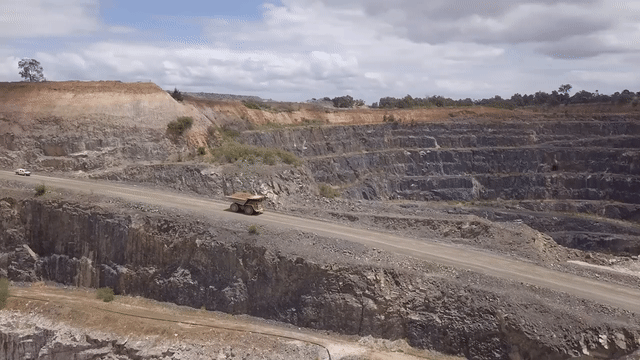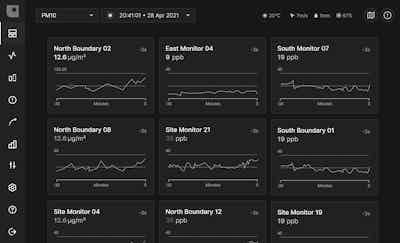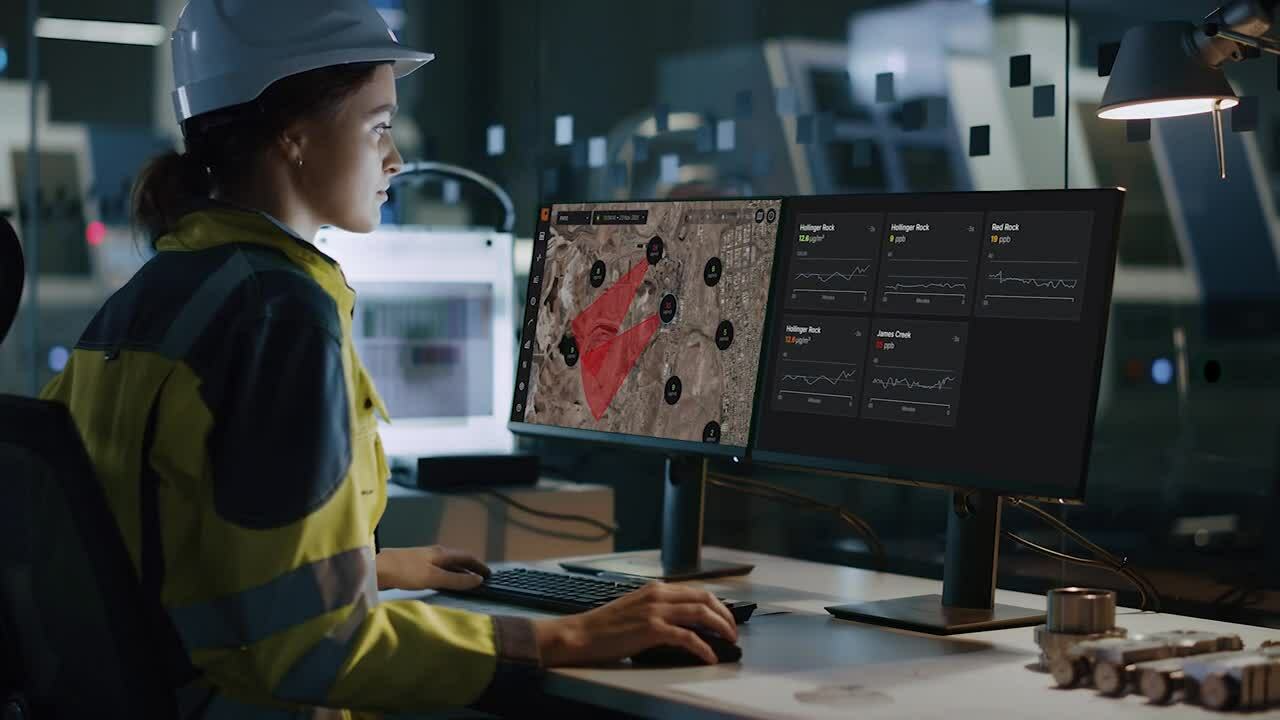Did you know that dust from mining operations can travel miles, affecting both the environment and human health?
In Australia alone, mining activities release tonnes of particulate matter into the air each year. Understanding the differences in dust types is essential for ensuring safety and compliance in mining operations.
What is Dust?
Dust consists of tiny particles that become airborne. These can originate from various sources, including soil, minerals, and organic materials. While dust may seem ubiquitous and harmless, its composition and size can significantly impact health and the environment.
Types of Dust
Different industries generate different types of dust. Common types include:
Construction Dust: Usually composed of silica, gypsum, and cement particles.
Agricultural Dust: Often contains pollen, soil particles, and pesticides.
Mining Dust: Comprises minerals like silica and coal, often mixed with other hazardous substances.
Characteristics of Dust from Mines
Mine dust is mainly composed of minerals extracted from the earth, including silica, coal, and various metal ores, with its composition varying based on the mining operation. Often, it contains toxic substances like lead and arsenic.
The size of dust particles is crucial, as mine dust particles are typically smaller and more respirable than other dust types, allowing them to easily penetrate the respiratory system and pose significant health risks. Mining operations generate dust through several activities, such as drilling and blasting, which break up rock and release fine particles into the air; transportation of mined materials, which stirs up dust; and crushing and grinding, which pulverise minerals to create airborne particulates.
Health and Environmental Impacts
Exposure to mine dust can lead to severe health issues, including respiratory problems such as bronchitis and asthma, chronic lung disease like silicosis from inhaling silica dust, and toxicity from heavy metals that can result in poisoning and long-term health complications. Additionally, mine dust poses environmental challenges, as increased particulate matter degrades air quality, affecting surrounding communities, while dust settling on plants and water bodies disrupts local ecosystems. Furthermore, dust clouds can reduce visibility, creating risks for both mining operations and nearby residents.
Global Regulations and Local Regulations on Dust at Mine SItes
International organisations have established guidelines to control dust emissions. For instance, the World Health Organisation (WHO) sets limits on particulate matter concentrations to protect public health.
Countries have specific regulations to manage dust emissions from mining activities. In Australia, the National Environment Protection Measure (NEPM) sets standards for ambient air quality, including dust particles.
Discovering Innovative Approaches to Dust Management at Mine Sites
Modern technology, such as Envirosuite's Omnis platform, provides cutting-edge solutions for effective dust monitoring and control at mine sites through the power of real-time data and predictive analytics. This advanced system is specifically designed to assist mining operations in staying compliant with environmental regulations while significantly minimising their impact on the surrounding communities.

By offering immediate access to accurate dust level data, Omnis allows operators to respond swiftly to changing conditions, anticipate dust events before they escalate, and ensure strict adherence to local and international regulations.

Moreover, the system's predictive capabilities analyse historical data and environmental factors, enabling proactive measures to be put in place. Automated sprinkler systems are an integral part of this dust suppression strategy, enhancing efforts to control airborne particles and promoting a cleaner environment. These systems can be programmed to activate based on real-time dust levels, ensuring that water is applied exactly when and where it’s needed most. By combining advanced technology with practical solutions, Envirosuite's Omnis System presents a significant step forward in sustainable mining practices.
Revolutionise Your Dust Management with Envirosuite’s Omnis. Book a Demo Today.
Understanding the unique characteristics of mine dust is crucial for effective management. Technological advancements, like Envirosuite’s Omnis, offer innovative solutions to monitor and control dust emissions, ensuring the safety of workers and the environment.

Find out how Omnis can Benefit Dust Management at Yout Site Today
For more information on how Envirosuite’s Omnis can revolutionise your dust management strategy, explore our website and request a demo today. By implementing effective dust management strategies, mining operations can achieve compliance, protect health, and minimise environmental impact.
Take the first step towards a safer, more efficient operation with Envirosuite’s Omnis. Book a demo today!
